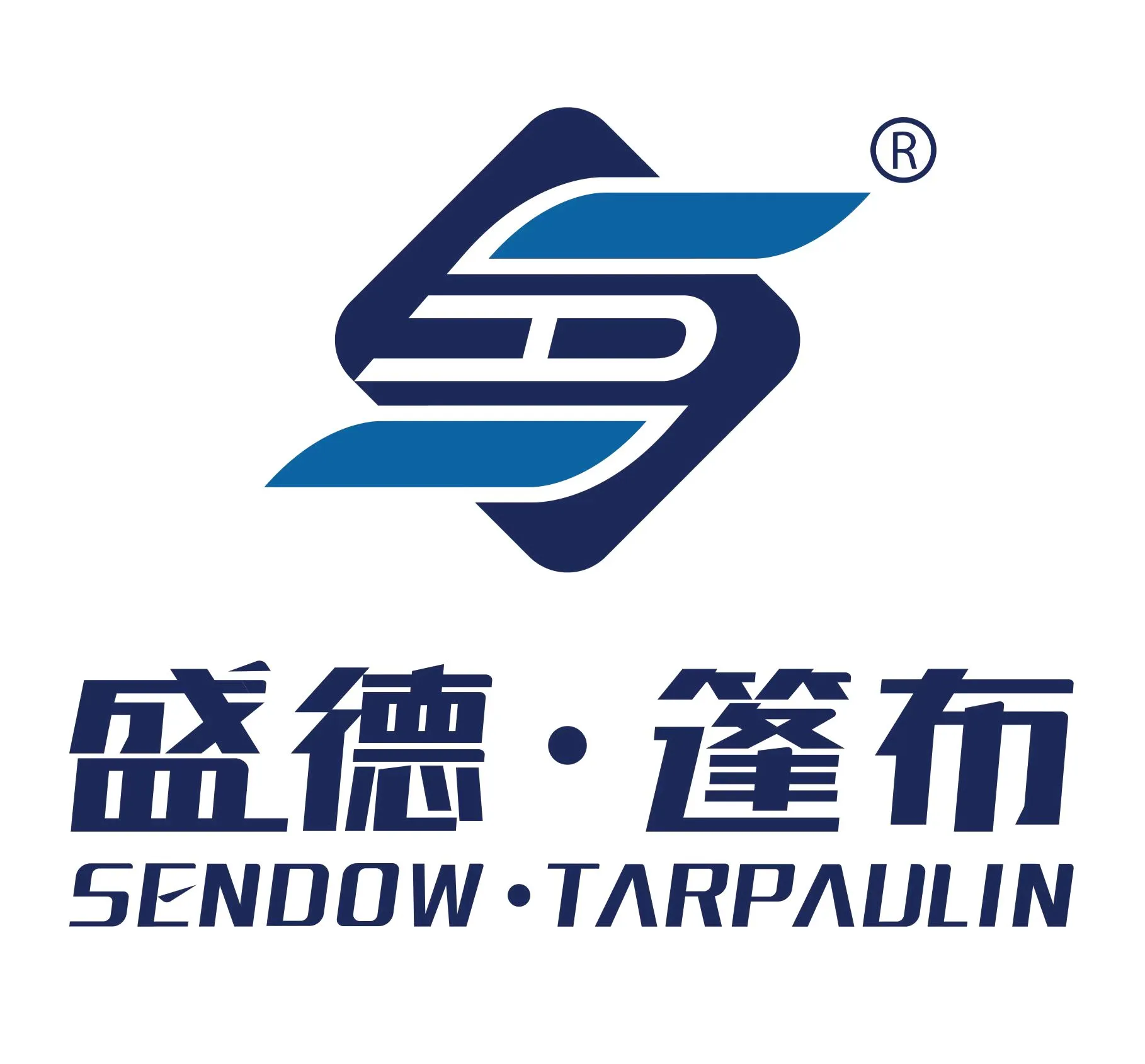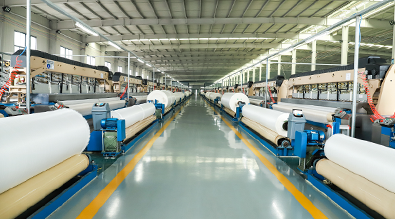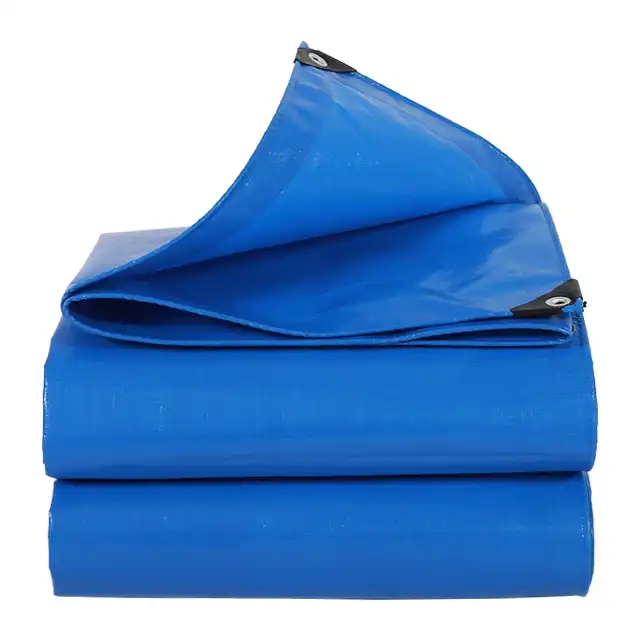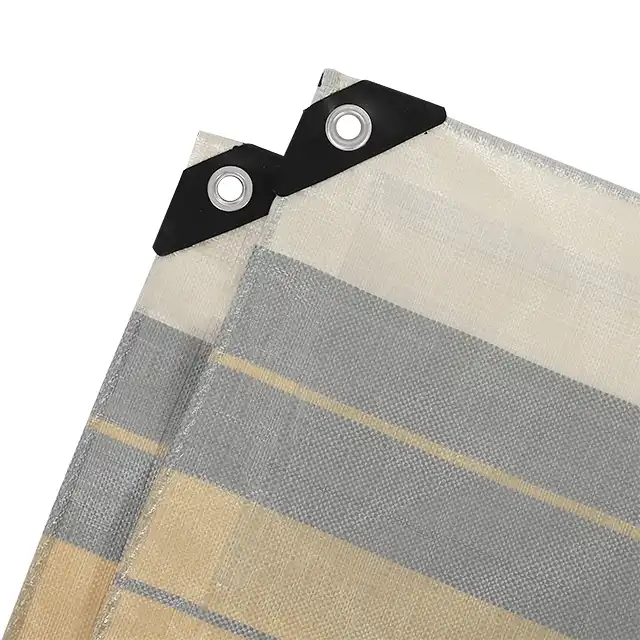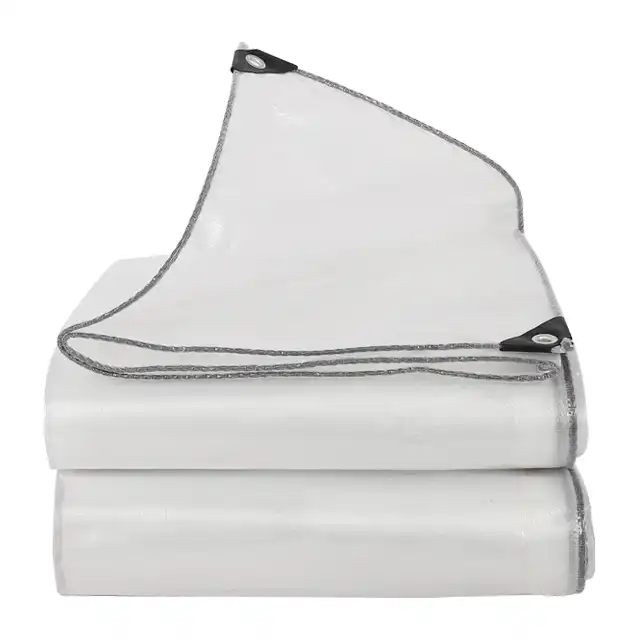Applications of Tarps Vs. Plastic Sheeting
 In the world of protective coverings, Polyethylene Plastic tarp stands out as a versatile solution that bridges the gap between traditional materials and modern industrial needs. This comprehensive exploration delves into the multifaceted applications, unique characteristics, and critical distinctions between tarps and standard plastic sheeting, revealing why these innovative materials have become indispensable across numerous industries and personal use scenarios.
In the world of protective coverings, Polyethylene Plastic tarp stands out as a versatile solution that bridges the gap between traditional materials and modern industrial needs. This comprehensive exploration delves into the multifaceted applications, unique characteristics, and critical distinctions between tarps and standard plastic sheeting, revealing why these innovative materials have become indispensable across numerous industries and personal use scenarios.
Understanding the Versatility of Polyethylene Plastic Tarps
Industrial-Grade Protection and Performance
Polyethylene Plastic tarp represents a remarkable engineering achievement in protective materials. These high-performance coverings are meticulously designed to withstand extreme conditions while providing exceptional durability and flexibility. Manufactured by leading companies like Linyi Shengde Plastic Co., Ltd., these tarps are not mere sheets of plastic, but sophisticated solutions crafted through advanced technological processes. The manufacturing process involves intricate techniques such as wire drawing with advanced extruding machines, producing yarn thicknesses ranging from 400D to 2500D. Sophisticated water-jet looms create seamless fabrics spanning widths from 1.5m to 5m, ensuring comprehensive coverage without compromising structural integrity. Professional technicians carefully control coating processes, implementing precise quality management protocols that meet international standards. What distinguishes these tarps is their remarkable engineering. With weights ranging from 65 gsm to 280 gsm and thicknesses between 0.1mm to 0.2mm, they offer a perfect balance between lightweight design and robust performance. The advanced HDPE woven fabric combined with LDPE coating creates a material that is 100% waterproof, tear-resistant, and capable of withstanding diverse environmental challenges.
Advanced Technological Specifications
The technological sophistication of Polyethylene Plastic tarp extends far beyond basic protective covering. Each tarp undergoes meticulous treatment processes, including UV protection ranging from 1% to 7%, ensuring longevity and performance in challenging outdoor environments. The mesh count, typically between 10x10 and 14x14, provides structural strength while maintaining flexibility. Manufacturers like Linyi Shengde Plastic Co., Ltd. have developed production capabilities that support massive monthly outputs of 4000 metric tons, demonstrating the scalability and technological prowess behind these innovative materials. Their commitment to quality is evident in their ISO 9001:2015 certification and consistent performance in third-party testing laboratories.
Customization and Adaptability
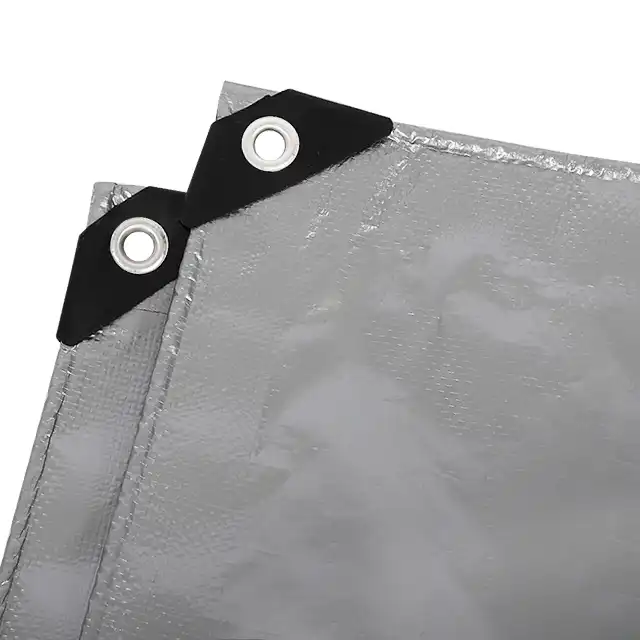
One of the most compelling aspects of Polyethylene Plastic tarp is its extraordinary adaptability. Manufacturers offer comprehensive customization options, allowing clients to specify color, size, thickness, and specific functional requirements. This flexibility transforms these tarps from standard protective materials into precision-engineered solutions tailored to specific industrial, agricultural, and consumer needs.
Comparative Analysis of Applications
Construction and Infrastructure Protection
Construction sites represent a critical domain where Polyethylene Plastic tarp demonstrates unparalleled utility. These tarps serve multiple functions: protecting expensive equipment from environmental damage, creating temporary shelter, and establishing secure perimeters. The material's inherent waterproofing, combined with tear resistance and UV protection, makes it an indispensable asset in challenging work environments. Professional contractors appreciate the tarps' ability to withstand harsh conditions while providing reliable protection. Whether shielding lumber, covering scaffolding, or creating temporary work zones, these tarps offer a cost-effective solution that combines durability with ease of deployment. The aluminum grommets, strategically placed approximately every meter and at corners, facilitate secure installation across diverse terrains and architectural configurations. The engineering behind these tarps allows them to maintain structural integrity under significant stress. Their arctic flexibility ensures performance in temperature ranges that would compromise traditional protective materials, making them ideal for year-round construction applications.
Agricultural and Environmental Management
Agricultural sectors have discovered transformative applications for Polyethylene Plastic tarp beyond traditional expectations. Greenhouse fabrics represent a prime example, where these tarps create controlled environments supporting crop cultivation. The material's ability to regulate temperature, prevent moisture loss, and provide uniform light distribution makes it invaluable for modern agricultural practices. Aquaculture presents another fascinating application domain. Impermeable tarps designed specifically for water management create stable, controlled environments for fish farming. The material's anti-corrosion properties and high durability ensure long-term performance in challenging aquatic settings, supporting sustainable agricultural innovations. Orchard management has also embraced these technological marvels. Rain covers crafted from Polyethylene Plastic tarp protect delicate crops from unpredictable weather patterns, preventing crop damage and supporting consistent agricultural productivity. The tarps' breathability combined with robust water resistance creates an optimal microclimate for plant growth.
Logistics and Transportation Solutions
The transportation industry relies extensively on Polyethylene Plastic tarp for comprehensive cargo protection. Truck covers and car canopies demonstrate the material's versatility in logistics applications. These tarps provide robust protection against environmental elements, ensuring goods remain secure during transit. Cargo transportation demands materials that can withstand constant movement, exposure to diverse weather conditions, and potential mechanical stress. Polyethylene Plastic tarp meets these challenges through its tear-resistant composition and impressive durability. The material's lightweight nature ensures minimal additional load while providing maximum protection. Packaging materials derived from these advanced tarps offer logistics companies innovative solutions for protecting goods during shipping. The material's shrink-proof characteristics and anti-freezing properties ensure consistent performance across global shipping routes, from tropical environments to arctic conditions.
Emerging Trends and Future Innovations
Technological Advancements in Tarp Manufacturing
The future of Polyethylene Plastic tarp lies in continuous technological innovation. Companies like Linyi Shengde Plastic Co., Ltd. are pioneering developments in ultra-wide width braiding machines, expanding product capabilities and introducing advanced functional enhancements such as improved fire prevention and enhanced waterproofing technologies. Research and development teams are exploring new molecular compositions that could further improve material performance. Potential innovations include increased UV resistance, improved thermal regulation, and enhanced biodegradability, addressing growing environmental consciousness without compromising product effectiveness.
Sustainability and Environmental Considerations
Modern tarp manufacturers are increasingly focusing on sustainable production methods. By optimizing production processes and exploring eco-friendly material alternatives, these companies are reducing environmental impact while maintaining high-performance standards. The goal is to create products that not only meet current industrial needs but also align with global sustainability objectives.
Conclusion
Polyethylene Plastic tarp represents more than a simple protective covering—it is a sophisticated technological solution adaptable to countless applications across diverse industries. From construction sites to agricultural environments, these innovative materials continue to revolutionize how we approach protection, management, and resource optimization. For customized solutions and further information, contact Linyi Shengde Plastic Co., Ltd. at info@shengdetarp.com. Our dedicated team of experts is prepared to transform your specific requirements into precision-engineered protective solutions.
References
1. Johnson, M. (2022). Advanced Materials in Industrial Protection. Materials Science Quarterly, 45(3), 112-128.
2. Rodriguez, S. (2021). Innovations in Agricultural Protective Technologies. Agricultural Engineering Review, 33(2), 76-92.
3. Thompson, K. (2023). Polyethylene Composites: Performance and Applications. International Materials Journal, 55(4), 201-219.
4. Wang, L. (2022). Sustainable Manufacturing in Protective Covering Industries. Sustainable Technologies Review, 28(1), 45-63.
5. Chen, H. (2021). Technological Advancements in Tarp Manufacturing. Industrial Innovation Quarterly, 39(2), 88-105.
6. Patel, R. (2023). Environmental Considerations in Modern Material Engineering. Global Engineering Perspectives, 41(3), 156-172.
